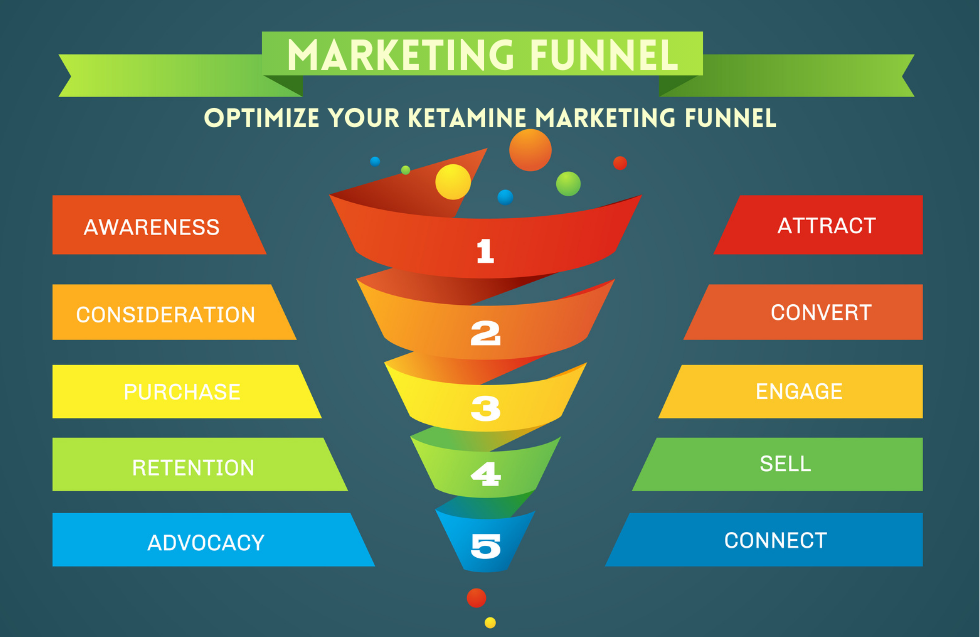Securing funding is often one of the first and most critical steps in launching or expanding a business. Whether you’re opening a cafe, starting a tech venture, or scaling a manufacturing firm, access to capital can make or break your entrepreneurial journey. However, many aspiring and even experienced business owners make key mistakes during the loan-seeking process that cost them time, money, and opportunities.
In this comprehensive guide, we’ll explore the five most common business loan mistakes in depth. Avoiding these pitfalls can help you secure the financing you need on favorable terms and set your business up for long-term success.
1. Neglecting a Solid Business Plan
Why It Matters
A business plan is more than just a formality. It’s your opportunity to prove to lenders that you understand your market, your numbers, and your path to profitability. A well-crafted business plan answers the lender’s most pressing question: Will this borrower be able to repay the loan?
Common Errors
- Submitting vague or poorly organized plans
- Lack of financial projections or clear revenue model
- Ignoring market research or competitive analysis
What Lenders Want to See
- Executive Summary: A high-level overview of your business goals and vision
- Market Analysis: Data on your target audience and competition
- Marketing & Sales Strategy: How you plan to attract and retain customers
- Operations Plan: Details on staffing, production, logistics, and supply chain
- Financial Projections: Realistic income statements, cash flow, and balance sheets for at least three years
How to Get It Right
Use business plan software or templates from trusted sources like the SBA or SCORE. Incorporate visuals like graphs and charts, and make sure your projections are grounded in real data.
Pro Tip: Have a mentor or accountant review your plan before submitting it to lenders.
2. Applying for the Wrong Type of Loan
Understanding Loan Types
Not all loans are suited for every business purpose. Each loan product serves a specific need and comes with its own terms, repayment structures, and approval requirements.
Common Errors
- Rushing into high-interest loans without comparing options
- Using short-term financing for long-term investments (e.g., using a merchant cash advance to buy equipment)
- Ignoring restrictions on how funds can be used
Loan Options to Consider
- SBA Loans: Government-backed loans with lower interest rates and longer repayment terms
- Term Loans: Ideal for long-term investments like expansion or large purchases
- Lines of Credit: Great for managing cash flow or seasonal fluctuations
- Invoice Financing: Suitable for B2B businesses waiting on unpaid invoices
- Merchant Cash Advances: Fast but expensive; use only for short-term needs with quick ROI
How to Match Your Loan Type to Your Needs
Start by identifying why you need funding: Is it to purchase equipment, expand your team, or cover slow sales periods? Use this clarity to choose the most cost-effective loan option.
Pro Tip: Meet with a financial advisor or loan specialist to walk through your options.
3. Overlooking Your Credit Profile
The Role of Credit in Loan Approvals
Lenders use your credit profile to assess risk. This includes both personal credit scores (especially for new businesses) and business credit scores (for established companies).
Common Errors
- Assuming your personal credit won’t matter
- Not checking your credit reports for inaccuracies
- Failing to build business credit before applying
Key Credit Score Ranges
- Excellent (750+): Strong approval odds and favorable terms
- Good (700-749): Likely to get approved with decent terms
- Fair (650-699): May get approved but at higher interest rates
- Poor (<650): Difficult to qualify for most traditional loans
Building and Improving Your Credit
- Pay down high balances on personal credit cards
- Establish trade lines with suppliers and pay invoices on time
- Separate personal and business finances by opening a business credit card and business bank account
- Use services like Dun & Bradstreet to build a business credit profile
Pro Tip: Set up credit monitoring to stay on top of your credit health during the application process.
4. Underestimating Required Documentation
The Importance of a Complete Loan Package
Applying for a loan is more than just filling out an online form. Lenders need documentation that proves your business is viable and that you have the means to repay what you borrow.
Common Errors
- Submitting incomplete or outdated financial statements
- Failing to prepare key documents like tax returns or debt schedules
- Inconsistencies between financial statements and tax records
Documents Most Lenders Require
- Business plan
- Personal and business tax returns (2-3 years)
- Bank statements (last 3-6 months)
- Income statements and balance sheets
- Accounts receivable and payable aging reports
- Business licenses and registrations
- Proof of collateral (if required)
How to Stay Organized
Use a document checklist and keep digital copies in a cloud-based system like Google Drive or Dropbox. Name files clearly and update financials quarterly.
Pro Tip: Lenders often appreciate seeing a well-organized borrower. Presentation matters.
5. Borrowing More Than You Can Handle
Debt Can Be a Tool or a Trap
Just because you’re offered $200,000 doesn’t mean you should take it. Too much debt can cripple your cash flow, especially if sales projections fall short.
Common Errors
- Taking out large loans without a repayment plan
- Failing to factor in interest and fees when calculating loan costs
- Assuming future profits will automatically cover monthly payments
Smart Borrowing Practices
- Use cash flow forecasting tools to estimate your ability to repay
- Compare total loan cost, not just the interest rate
- Have a backup plan in case sales or funding rounds fall through
- Start with a smaller loan and build a repayment track record before scaling up
Pro Tip: Your debt service coverage ratio (DSCR) should be at least 1.25—1.5 to show lenders you can handle repayment comfortably.
Bonus Mistake: Ignoring Alternative Financing Options
Beyond Traditional Loans
Traditional bank business loan aren’t the only path to capital. In fact, many startups and small businesses may have better luck with alternative funding.
Other Options Include:
- Crowdfunding: Great for product-based businesses
- Angel Investors & VCs: Suitable for high-growth startups
- Grants: Free money, but highly competitive
- Revenue-Based Financing: Repay as a percentage of monthly revenue
- Peer-to-Peer Lending: Fast access to funds with less red tape
Pro Tip: Always weigh the pros and cons of equity vs. debt financing.
Conclusion: Prepare, Plan, and Prosper
Securing a business loan is not just a financial transaction—it’s a major strategic decision. Taking time to prepare your documents, understand your financing needs, and choose the right lender can dramatically improve your odds of success.
Key Takeaways:
- Build a detailed and compelling business plan
- Choose the right loan product for your specific needs
- Clean up and monitor your credit profiles
- Organize all necessary documents in advance
- Borrow within your repayment ability and plan ahead
By avoiding these common mistakes, you’ll not only increase your chances of getting funded but also lay a solid financial foundation for your business. Turning your concept into cash is absolutely achievable—just make sure you do it with foresight, research, and discipline.













